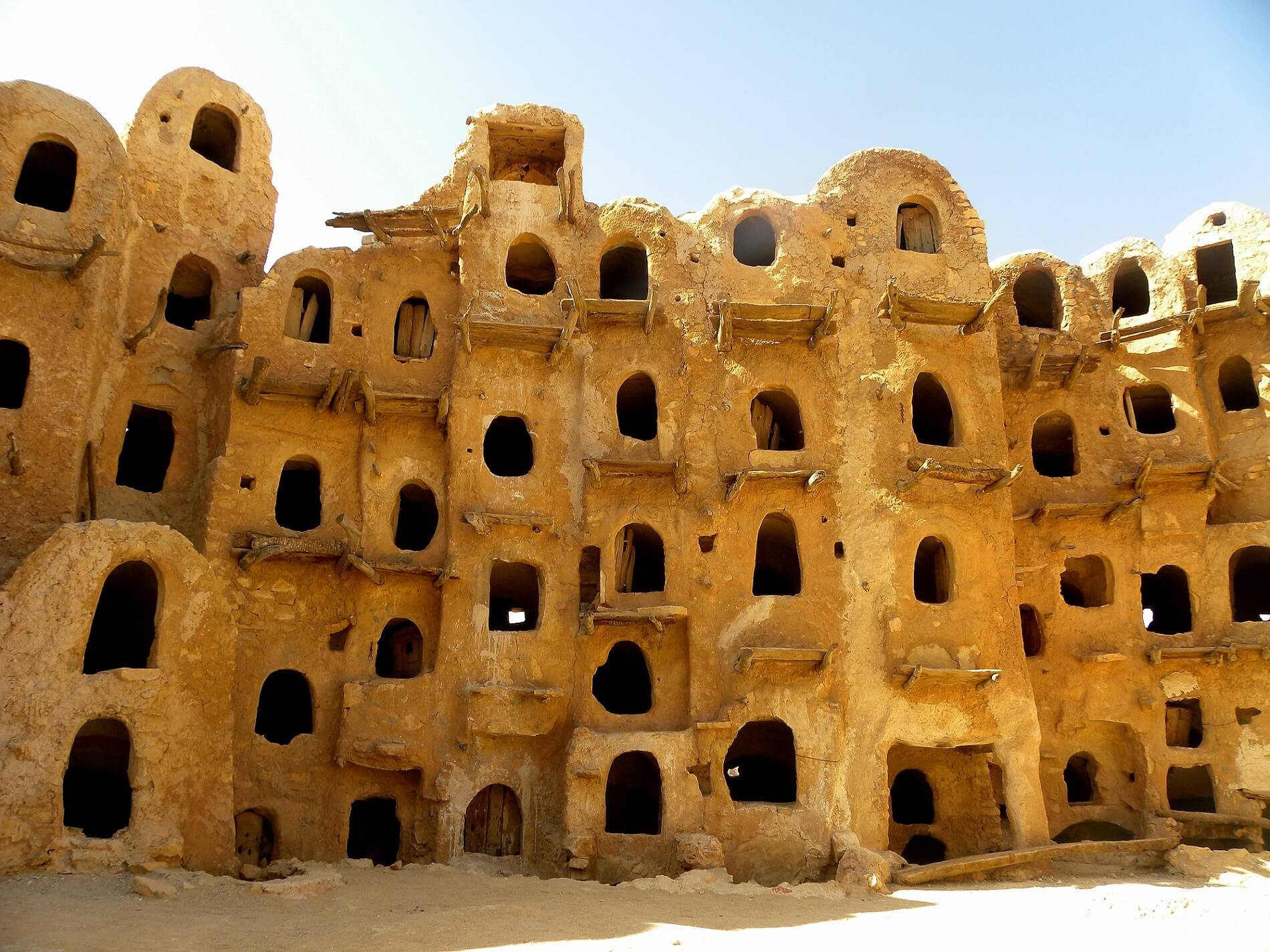Throughout the week (with significant incidents on 8, 9,10, and 11 May), Government of National Accord (GNA)-aligned Turkish drones launched aerial attacks on the Libyan National Army (LNA) controlled Watiya airbase, located south of Zuwara. On 6 May, according to the Libya Red Crescent, 20 bodies were recovered from the region surrounding Watiya airbase. LNA has claimed as many as 64 fighters were killed. On 11 May, the GNA’s Volcano of Rage spokesperson claimed that they had struck a military vehicle, with an additional six aerial operations striking the location.The GNA-aligned forces have also undertaken aerial strikes targeting LNA forces thought to be supporting those at Watiya. On 8 May, the GNA launched aerial attacks killing nine LNA fighters at a checkpoint at the entrance to Rujban. This barrage of aerial attacks on Watiya and the surrounding area comes after GNA-aligned forces launched on the facility on 5 May. While the GNA forces made some gains around the site, it is also believed that they suffered significant casualtiesIt appears the GNA forces have shifted their tactics away from a ground assault towards a continuous bombardment of Watiya by air. The broadening of the aerial attacks suggests the GNA is actively seeking to prevent any assistance to forces at the location. If this aerial assault can be maintained (and it looks as if the GNA/Turkey aerial capabilities remain strong at present) and LNA reinforcements prevented from reaching the airbase, it is likely that the LNA forces stationed at Watiya will eventually be forced evacuate the facility. Control of Watiya would provide the anti-LNA coalition with a major tactical win, providing Turkish forces with a much-needed site from which to effectively launch the aerial capabilities it has transported to assist the GNA-aligned forces in recent weeks

